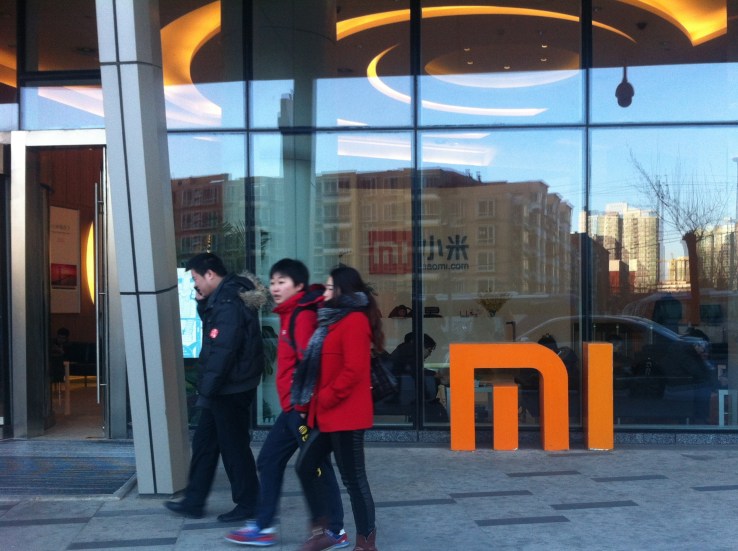
Xiaomi’s combination of well-spec’ed phones and low price tags drove the company to over 60 million sales last year. That progress saw it replace Samsung as China’s top-selling smartphone company and become the world’s third top selling phone maker in the process.
The Chinese company’s flagship Mi devices typically retail for around $300 — its new Mi Note Pro notably breaks the $500 barrier for the first time — while its affordable Redmi family is sub-$150. For comparison, Apple’s top of the range iPhones sell for over $1,000 off contract, while the Samsung Note and GalaxyS families are similarly priced. So how can Xiaomi be so aggressive with its pricing?
Many theories have been put forward, including claims that Xiaomi sells at cost and makes money from other services. Hugo Barra, the company’s VP of International, lifted the lid on some of the company’s secret sauce in an interview with TechCrunch in Beijing last week.
Read More
Comments
Post a Comment